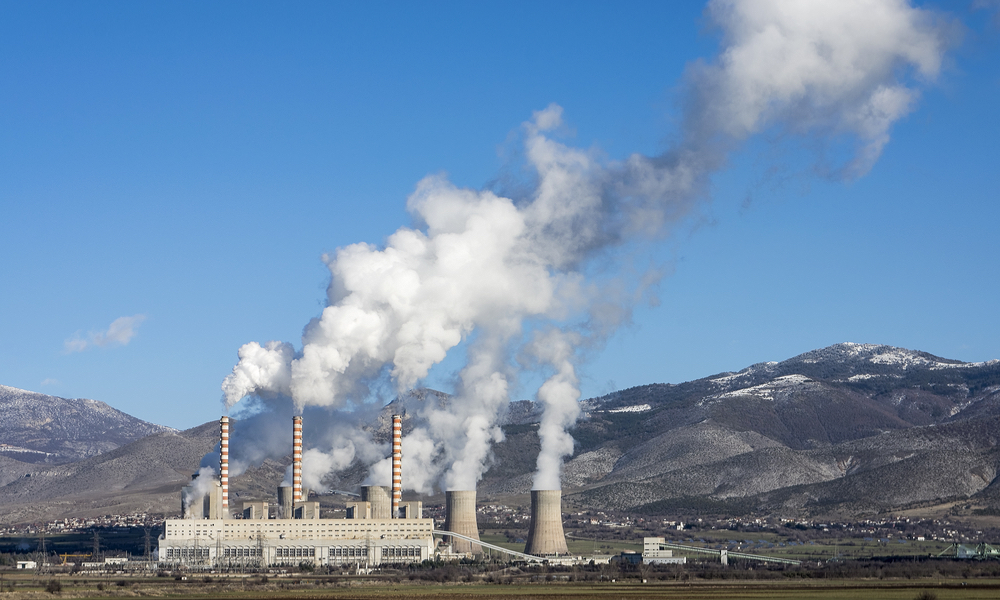Can you cut 1 Tonne of carbon pollution out of your life?
Take the challengeThe conversation about climate change surrounds us, but how much do we really know about it? I am not a scientist, and I am not going to pretend that I know every detail about it; but I do have a basic understanding of climate change and its implications. So, I am here to provide you with a beginners guide to climate change, from the perspective of a beginner.
The first thing you need to know about climate change is that it is real and it needs our attention.
Now that you have that crucial kernel of knowledge, let's get into it.
Climate change? Global warming? What's the difference?
According to NASA, climate change and global warming are not interchangeable terms. Climate change refers to a long-term change in the earth's climate. On the other hand, global warming is the increase in the Earth's average surface temperature due to rising levels of greenhouse gases. Basically, global warming is one aspect of climate change and does not encompass the entirety of the climate change conversation. Although these terms are not exactly the same they both have ramifications, and they need to be understood and accepted as reality.
Important terms (without the science jargon):
As I said, I don't have a science background, so some of the terms I see and hear on a daily basis regarding climate change go way over my head. It's intimidating reading a definition and needing to look up the definition of the words within the definition. Here is some climate change lingo that is important to understand, in simple terms.
Greenhouse Gases: gases (carbon dioxide and methane) that act like a greenhouse; trapping heat inside the Earth's atmosphere. Although they are naturally occurring, human activity increases their production, and when released in excess they increase the temperature of the earth.
Non-Renewable Energy: energy sources that will eventually run out once they are all used up.
Fossil Fuels: non-renewable energy sources that are used to form coal, oil and natural gas. Burning fossil fuels causes the release of greenhouse gases.
Renewable Energy: energy that can be replenished quickly and easily. Solar, hydro and wind energy are all examples of renewable energy sources.
Carbon Footprint: the total amount of greenhouse gases released by human activity, usually measured by carbon dioxide emissions.

[Image: Shutterstock]
Why should we care about climate change?
If you don't really understand climate change to begin with, you may not know why it needs to be stopped. So, what is so bad about the Earth's changing climate?
Higher temperatures:
The first time I heard the term 'global warming' I wasn't bothered at all. I love warmth! Why would the Earth heating up be a bad thing? Unfortunately, the entirety of the Earth heating up is by no means something to be happy about. Rising temperatures, even a change of 1 degree Fahrenheit, can alter the balance of ecosystems affecting the plants and animals that live in it.
Melting ice and rising sea levels:
Along with higher temperatures comes the melting of arctic glaciers. Putting things into perspective, the population of polar bears is supposed to decline 30% by 2050 due to the loss of their habitat. Melting ice also causes sea levels to rise, which results in flooding of coastal and low-lying regions.
Extreme weather:
Climate change increases the risk of storms, floods and drought. This can impact quality of life, as well as global water quality.
Impact on developing countries and their access to clean water:
As temperatures and sea levels rise, water quality is deteriorated. Those in the developing world already face adversity when it comes to access to clean water and climate change will only make the situation worse. People in developing countries depend heavily on the natural environment and they are not as equipped as developed countries to cope with climate change.
What can we do to minimize our impact?
It is important to understand that the largest cause of climate change is human activity. Although we are a large part of the problem, we can be part of the solution.
Recycle and switch to renewable energy sources
Walk, bike or use public transport whenever possible
Turn off electronics when you're not using them
Download our free 1 Million Women Climate Action App or take the 1 Million Women Carbon Challenge
Continue to educate yourself and educate others!
This just skims the surface of climate change, but this basic understanding can get you on your way to making small changes in the way you interact with the Earth. If you do have a spare two hours, watch Before the Flood for a further look into the realities of climate change.
If you're like me and only paid attention in science class when Bill Nye was the one teaching, this video will give you the information that you need to grasp climate change.
Read this next: Why Climate Change Is A Woman's Fight
We're in a climate emergency and it's going to take all of us to get out of it. That's why 1 Million Women is building a global community of women committed to fighting climate change with our daily actions. To join the (free) movement just click the button below!

